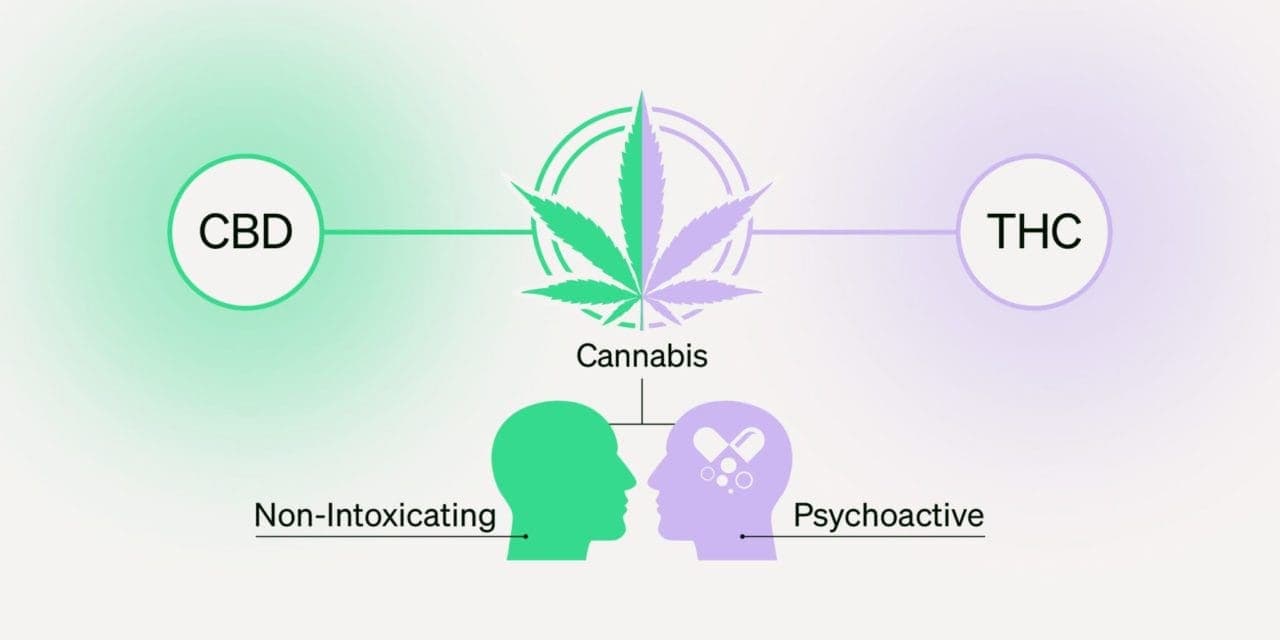What Is THC Degradation and How Do You Avoid It?

Article written by

Dipak HemrajMedical Cannabis Researcher
Content reviewed by

Dr. Gavin MorelandMedical Director
As soon as cannabis is harvested, its cannabinoids — natural substances including CBD and THC — start to degrade.
Exposure to air, light, or heat naturally triggers THC degradation. If you’re looking to avoid this, it’s important to provide a stable environment for your cannabis and avoid erratic changes in temperature or humidity. One way to do this is by storing your cannabis products in a tightly-sealed mason jar in a dark, cool location.
Think of creating an environment similar to a wine cellar, where the ideal temperature is around 55 F (12 C) — give or take a degree. Avoid keeping marijuana anywhere with higher temperatures above 77 F (25 C).
Get your medical marijuana card
What Is THC Degradation?
THC degradation refers to a reduction in the quantity and quality of THC after cannabis plants are harvested. THC naturally degrades into cannabinol (CBN) when it’s harvested and dried.
When kept in ideal conditions at the right temperature, cannabis degradation is quite slow. This means that cannabis flower can be dried and cured for several months before THC levels start degrading significantly. Well-cured cannabis can be kept for six months to one year without losing key cannabinoids like THC, CBD, and other common terpenes.
At What Temperature Does THC Degrade?
The optimum temperature range to keep cannabis at is 59-77 F (15-25 C). Dried and cured cannabis may be able to tolerate temperatures slightly cooler or warmer than the ideal, but anything approaching 32 F (zero degrees celsius) or above 86 F (30 C) is to be avoided if you want to prevent rapid degradation.
For THC degradation to take place, cannabis flower needs to be exposed to temperatures of roughly 110 F (43 C) for 30 minutes. If you’re making edibles, you will want to decarboxylate your cannabis first. The decarboxylation process converts THCA (the precursor to THC) in fresh cannabis to THC.
The ideal temperature for decarboxylation is 240 F (115 C) for 30-40 minutes. At temperatures of 320 F (160 C), it takes 10 minutes for cannabis to decarboxylate. At 392 F (200 C), it only takes seconds — any longer (or at a higher temperature) than this and THC degradation will start.
Other Factors That Cause Degradation
Besides natural THC degradation, several other factors can influence how long marijuana stays fresh.
Humidity
Once dried and cured, the ideal relative humidity to keep cannabis is between 55-65%. Some consider 62% the sweet spot. It’s best to store cannabis in containers or environments that aren’t too dry or humid. Too much humidity will induce the growth of mold and mildew.
UV Light
Exposure to sources of ultraviolet (UV) light can degrade cannabinoids. The most common source of UV light is sunlight, so it’s wise to keep any dried and cured weed out of the sun’s powerful rays for too long. Other UV light sources that may trigger THC degradation include halogen, fluorescent, and incandescent lights, as well as mercury vapor lighting.
Oxygen
Like all plant material, exposure to oxygen degrades cannabis. The more oxygen cannabis is exposed to, the more rapidly THC degrades. That’s why a tightly sealed mason jar is a great option for marijuana storage, as it prevents oxygen from getting in.
How to Avoid THC Degradation
There’s no way to stop the degradation of THC, but you can slow it down. For cannabis to maintain its potency and therapeutic effects, keep it in a relatively cool, dry environment in an airtight container away from light exposure and other harmful substances.
As we mentioned, mason jars are ideal containers. Depending on how much product you have, keep jars three-quarters full to ensure there isn’t too much (or too little) oxygen available.
Get Your Medical Card
Frequently Asked Questions
What temperature do terpenes break down?
- Alpha-pinene: 311 F / 155 C
- Beta-caryophyllene: 320 F / 165 C
- Beta-myrcene: 334 F / 168 C
- Citronellol: 437 F / 225 C
- Delta-limonene: 349 F / 176 C
- Eucalyptol: 349 F / 176 C
- Terpinolene: 365 F / 185 C
- Linalool: 388 F / 198 C
- Humulene: 388 F / 198 C
- Phytol: 399 F / 204 C
- Caryophyllene oxide: 495 F / 257 C


